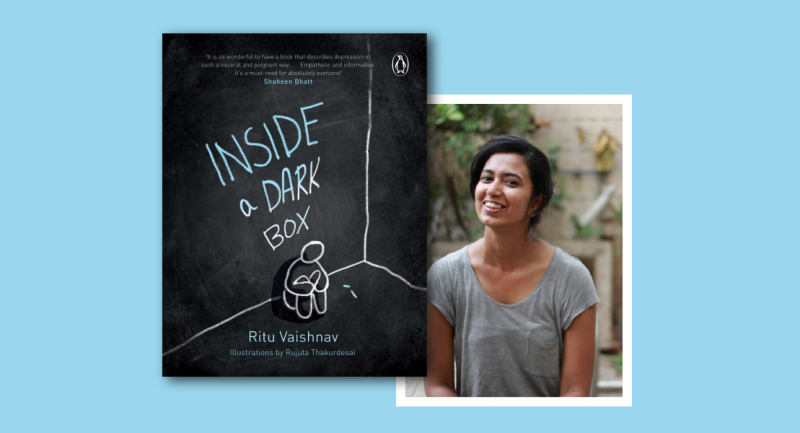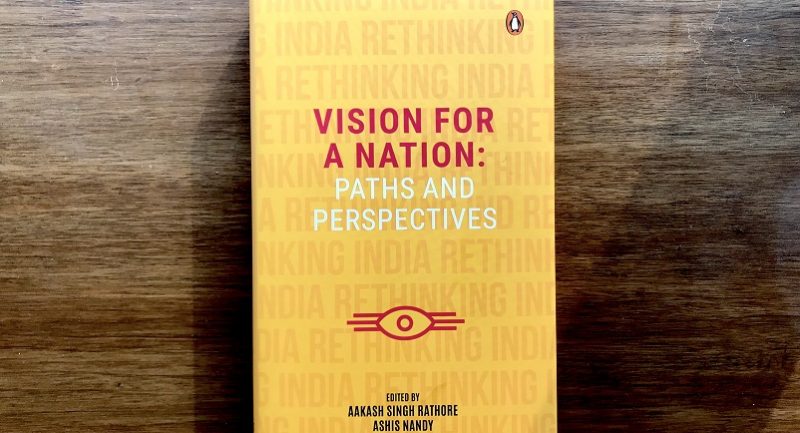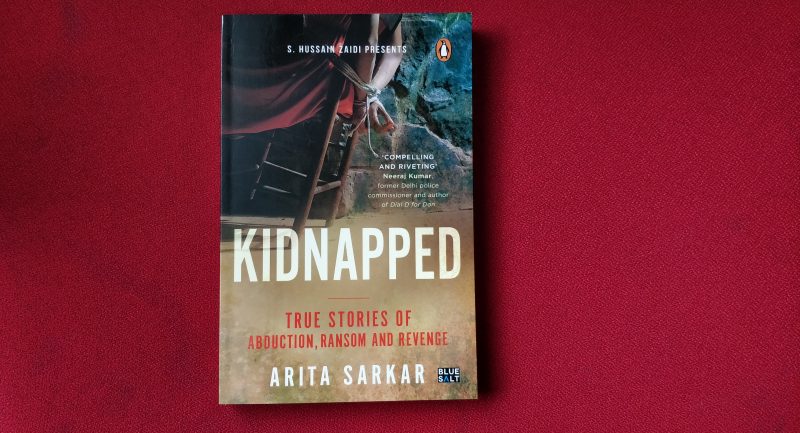
Uma, Durga, Parvati, Lakshmi and Saraswati-they are all avatars of the Devi. There are probably more forms of Devi than any other deity, for temples are dedicated to the goddess in every Indian village. She is energy and power, the ultimate destroyer of evil.
From The Book of Avatars and Divinities, we quote some of these avatars of Devi. Take a look!
Durga
“She is worshipped as an embodiment of female energy. She is the formidable Devi and Mahadevi and has many other powerful independent female forms.”
Sati
“As Sati, a manifestation of Durga, the goddess is the beloved wife of Shiva. She is a gentle wife Uma, who cannot bear the humiliation of her husband, whom she worships as a god, and gives up her life.”
Lakshmi
“Shri or Lakshmi, as depicted in the sacred texts, is the goddess of wealth and fortune, royal power and beauty. She is invoked to bring fame and prosperity. She is bountiful and bestows upon her worshippers gold, cattle, horses and abundant food.”
Saraswati
“Saraswati, according to the Devi Bhagavata Purana, is one of the five dynamic female forces which emerged from the supreme spirit: ‘Durga, Lakshmi, Saraswati, Savitri and Radha, these five goddesses are the spirit of Prakriti and the entire universal force emerges from these five. Saraswati is considered the muse of poets, artists and musicians and she is invoked by them whenever artistic excellence is desired.”
Sita
“Sita is revered as a self-sacrificing, loyal wife who is steadfast in her love for her husband despite many hardships. Sita was not an ordinary mortal and even her birth was ayonija, or not from a womb. Since she is the consort of Rama, an avatar of Vishnu, Sita is considered an avatar of Lakshmi in the Ramayana.”
Radha
“Radha is a married woman and in some Puranic texts older than Krishna. Her illicit love for Krishna and its power as a religious metaphor fascinated many poets in the thirteenth and fourteenth centuries. Radha, unlike most goddesses, does not possess a gentle, placid nature.”
Ganga
“Her divine origin endows her waters with the powers of cleansing all sins from the past, present and the future.”
Kali
“Her nakedness, unbound hair, association with blood and gore, and unbridled sexuality challenge conventional ideas of divinity. As a ‘Goddess’, Kali embodies both spiritual and material realities, the totality of nature, as she creates, sustains and destroys the world.”
This book introduces us to the divinities and avatars of Hinduism, a great variety spread out all over the country but uniting to become a single mystical power for the triumph of good over evil.









